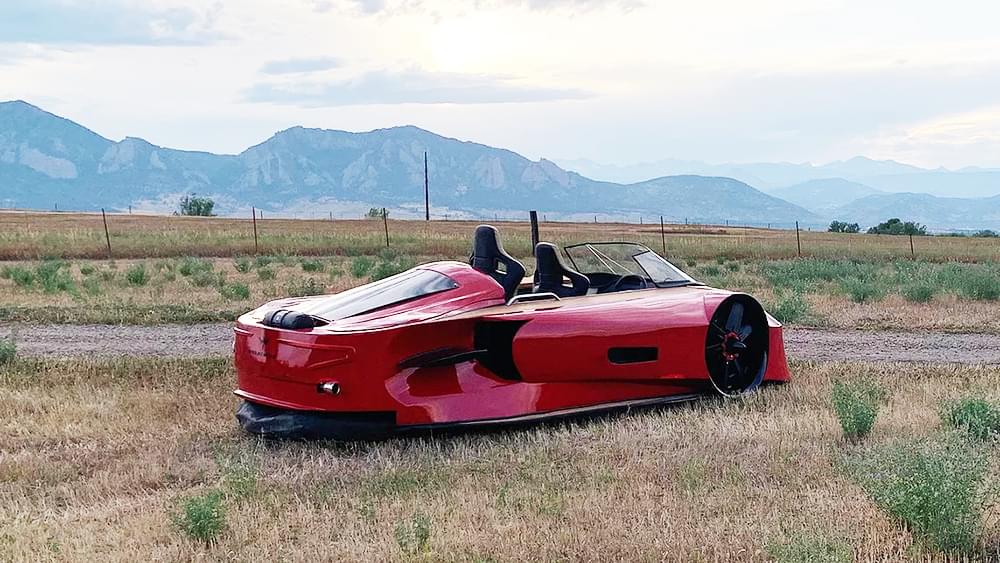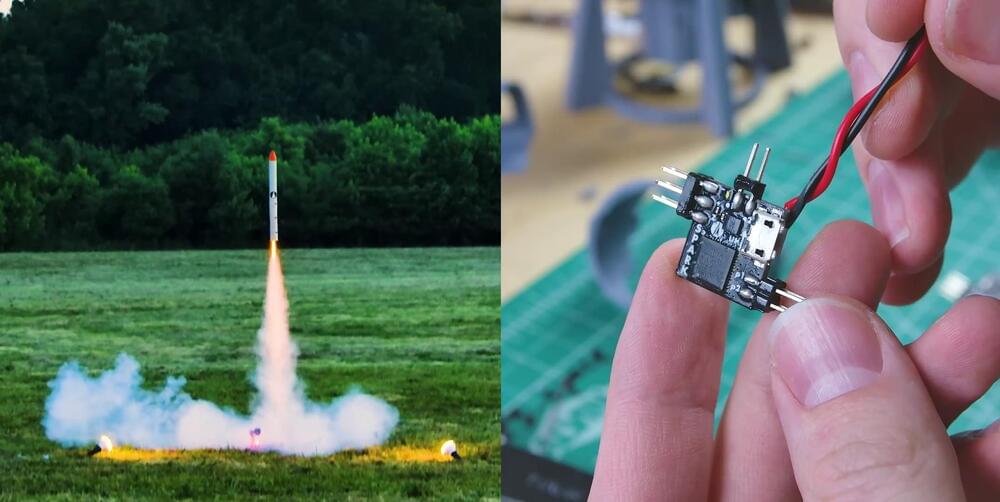An active 0-day attack targets Windows users with Microsoft Office documents.







If you are looking for details, unfortunately Mercedes is tight lipped on the AWD EQG spec sheet. You could probably expect a similar-sized battery as the EQS line at over 100kWh with a much shorter 200–300 mile range because of the increased drag of the off-roader. Today’s unveiling is mostly about eye candy and imagining an off-road Mercedes with all of the benefits of electrification.
With the Concept EQG, Mercedes-Benz presents the near-production study of an all-electric model variant of its utilitarian off-road icon. Visually, the concept car combines the unmistakably striking look of the G-Class with selected design elements typical of all-electric models from Mercedes as contrasting highlights. The 4×4 qualities of the “G”, which have always set the highest standard, will not only find their way into the age of electric mobility, but will be developed even further in some areas. The Concept EQG thus offers a promising preview of what a Mercedes-Benz G-Class with battery-electric drive will be capable of.
You’ll note in the gallery below a closed off grill similar to the EQS, 22-inch polished aluminium alloy wheels, a roof mounted lightbar reminiscent of Tesla’s Cybertruck and a distinctive look that pays homage to the G-Class lineup but really goes into a futuristic version of itself.

Flying a thrust-vectoring rocket can be a challenge, and even more so if you stack multiple stages and a minimalist flight computer on top of it all. But [Joe Barnard] is not one to shy away from such a challenge, so he built a three stage actively guided rocket named Shreeek.
[Joe] is well known for his thrust-vectoring rockets, some of which have came within a hair’s breadth of making a perfect powered landing. Previous rockets have used larger, more complex flight computers, but for this round, he wanted to go as small and minimalist as possible. Each stage of the rocket has its own tiny 16 x 17 mm flight computer and battery. The main components are a SAM21 microcontroller running Arduino firmware, an IMU for altitude and orientation sensing, and a FET to trigger the rocket motor igniter. It also has servo outputs for thrust vector control (TVC), and motor control output for the reaction wheel on the third stage for roll control. To keep it simple he omitted a way to log flight data, a decision he later regretted. Shreeek did not have a dedicated recovery system on any of the stages, instead relying on its light weight and high drag to land intact.
None of the four launch attempts went as planned, with only the first two stages functioning correctly in the test with the best results. Thanks to the lack of recorded flight data, [Joe] had to rely on video footage alone to diagnose the problems after each launch. Even so, his experience diagnosing problems certainly proved its worth, with definitive improvements. However, we suspect that all his future flight computers will have data logging features included.

The Institute of Archaeology of the Russian Academy of Science has found settlements that date from roughly 10,000 years ago during the early stages of the Butovo culture, described as the communities of Mesolithic hunter-gatherers that occupied the upper catchment area of the forest zone in Western Russia during this period.
The Mesolithic period took place between 10,000 BCE and 8,000 BCE and is otherwise identified as the Middle Stone Age.

‘How far will future rockets go?’
The SpaceX Starship might be the next rocket to take humans to the moon, but it won’t be the first, and likely not the last.
Starting in the mid-20th century, humanity has explored space faster than ever before. We’ve launched satellites, telescopes, space stations, and spacecrafts, all strapped to rocket-propelled launch vehicles that helped them breach our atmosphere.
This infographic from designer Tyler Skarbek stacks up the many different rockets of the world side-by-side, showing which country designed them, what years they were used, and what they (could) accomplish.

The big picture: Black science fiction writers and artists known as Afrofuturists say the next 30 years of space exploration could address legacies of racial terror on Earth if people of color join ventures and help reimagine human life among the planets.
Expensive tourism, Mars expeditions, even alien encounters could define space in 2051 — and the Earthly burdens of race could also follow humans to orbit and beyond.